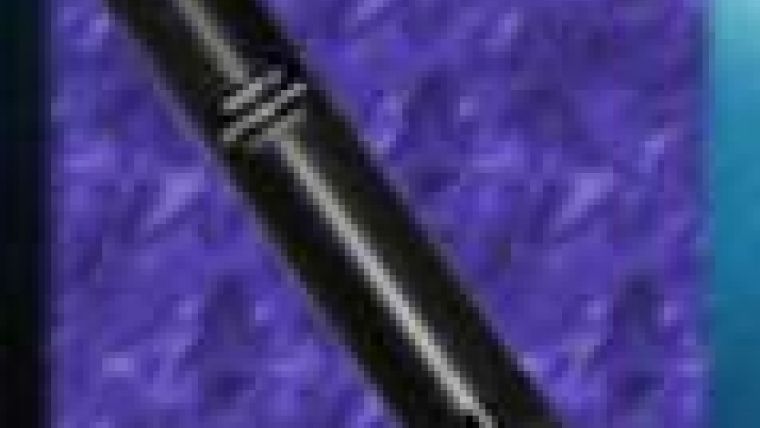Equipment Awards for Young Professionals
UK-based Aquatec is launching its second annual Equipment Awards on 1 March 2013. The awards are designed to give students and early career researchers the opportunity to use high-tech, commercially established instrumentation for their innovative and original research. Three awards are available, covering a range of instruments from a temperature and depth logger to an acoustic suspended sediment profiler.
The awards give a loan of the instrument (varying from 6 weeks to 3 months), and a travel grant to allow the results of the research to be presented at a national or international conference. Graduate students and university researchers in the first two years of their first appointment are eligible, and are encouraged to apply for the awards before the 30 April 2013 deadline.
The details of the awards are:
- Award 1 - 3 month loan of an AQUAscat 1000R acoustic suspended sediment profiler + £500 travel grant
- Award 2 - 2 month loan of an AQUAlogger 210TYPT10 turbidity, temperature and pressure logger + £300 travel grant
- Award 3 - 6 week loan of an AQUAlogger 520PT10 temperature and pressure logger + £200 travel grant
Of the numerous award applications last year, two students stood out for their succinct and inspiring research proposals. Elizabeth Gardner, from the Coastal and Estuarine Research Unit (CERU) at University College London (UCL), was awarded the use of an AQUAlogger 520 (temperature and pressure logger) to study hydrogeomorphology and ecology in a sedimentary coastal lake.
Stephanie Moore, from University of Ottawa, was awarded the use of an AQUAscat 1000R (acoustic suspended sediment profiler). Along with colleagues Guillaume Dramais (Irstea Lyon) and Philippe Dussouillez (CEREGE), Dr Moore worked with the World Wildlife Fund and the Mekong River Commission on a study of the hydro-sedimentary dynamics of the Lower Mekong River. Land-use changes, sediment extractions and the construction of dams are modifying the sediment transport dynamics of the Mekong. In order to better understand current conditions, the AQUAscat was used in combination with acoustic doppler current profilers and water sampling to provide measurements of the spatial distribution of suspended sediment concentration and grain size throughout three cross sections along different reaches of the river. The measurements will be used to calibrate sediment-transport models of these reaches and to provide a baseline for future studies.














